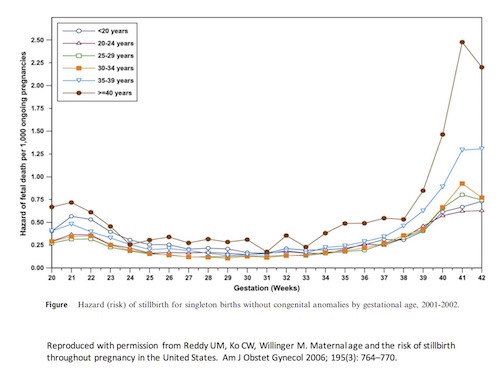
Dr Anthea Lindquist
MBBS DPhil(Oxon) FRANZCOGAnthea is an obstetrician and gynaecologist who trained under a Rhodes Scholarship at Oxford University to become a peri...
Many important questions in maternity care can only be answered by studying health information collected from large populations of pregnant women and linking these characteristics to birth and paediatric outcomes. An example of the use of the epidemiological approach includes identifying the association between increasing maternal age and stillbirth. While older mothers are often considered very healthy, the analysis of data from large populations of pregnant women clearly identifies increasing maternal age as a risk factor for stillbirth. This information helps us guide clinical practice, because we know to watch babies of older mothers more closely at the end of pregnancy, and to consider delivering them a bit earlier, before the risk of stillbirth rises further.

We have partnered with the Victorian Consultative Council of Obstetric and Paediatric Morbidity and Mortality (CCOPMM) to examine state-wide trends in stillbirth risk. This has already identified that bigger babies are less likely to experience stillbirth than smaller babies, and our future work will help inform how we should define the ‘optimally grown’ baby. This will help us decide which babies are most at risk, and which pregnancies need.